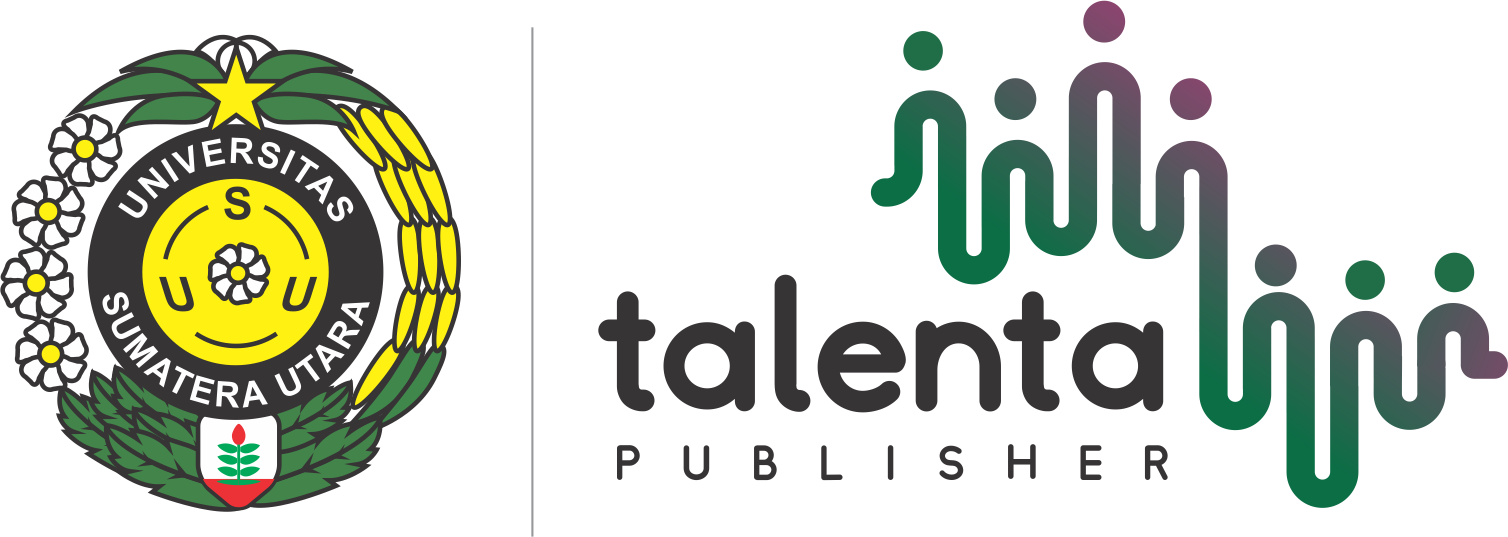Adopsi Model SCOR dan Penerapan SHERPA di Industri Batik Sumatera Utara
Adoption of the SCOR Model and Application of SHERPA in the North Sumatra Batik Industry
| Authors | ||
| Issue | Vol 2 No 4 (2019): Talenta Conference Series: Energy and Engineering (EE) | |
| Section | Articles | |
| Section |
Copyright (c) 2019 TALENTA Publisher  This work is licensed under a Creative Commons Attribution-NonCommercial-NoDerivatives 4.0 International License. |
|
| Galley | ||
| DOI: | https://doi.org/10.32734/ee.v2i4.655 | |
| Keywords: | Industri batik Human error Rantai pasok SCOR SHERPA Batik industry Supply chain | |
| Published | 2019-12-18 |
Abstract
Perkembanganindustri batik tidaklagihanya di PulauJawa, melainkansudahmeluaskePulau Sumatera, khususnyadaerah Sumatera Utara. Batik Sumatera Utara hadir dengan beragam motif etnik khas yang tampil atraktif dengan motif ornament dari berbagai macam suku yang ada di wilayah Sumatera Utara. Untuk dapat meningkatkan keunggulan industry tersebut, UKM batik Sumatera Utara dituntut untuk semakin meningkatkan kinerjanya, salah satunya melalui manajemen rantai pasok yang dimiliki. Peran manusia dalam rantai pasok industri batik cenderung dominan, dikarenakan berperan sebagai produsen, pekerja, dan konsumen. Penelitian ini bertujuan untuk mengidentifikasi human error pada rantai pasok UKM batik Sumatera Utara di Kota Medan dengan adopsi model SCOR yaitu plan, source, make, deliver, dan return. Pengolahan data dilakukan dengan metode SHERPA (Systematic Human Error Reduction and Prediction). Hasil penelitian menunjukkan bahwa nilai error terbesar adalah pada proses perencanaan produksi, pemotongan kain, dan penglorotan (pelepasan lilin dari kain). Setelah dilakukan analisis pada setiap rangkaian rantai pasok, maka saran perbaikan yang diberikan yaitu pemotongan kain dengan alat ukur dan pengecekan lilin secara berulang pada proses penglorotan sedangkan pada perencanaan produksi sebaiknya dilakukan komunikasi yang jelas dengan konsumen. Dengan dilakukannya hal tersebut, maka diharapkan kinerja rantai pasok dapat meningkat sehingga produksi dapat berjalan lancar dan produk sesuai dengan keinginan konsumen.
The development of the batik industry is not unusual on the island of Java, but has already spread to the islands of Sumatra, especially in North Sumatra. Batik in North Sumatra has a variety of ethnic motifs that appear attractive with ornamental motifs from various kinds of triba in the North Sumatra region. To be able to increase the superiority of the industry, the North Sumatra SME batik is demanded to continue to improve its performance, one of which is always through the management of the chain of suppliers owned. The role of human beings in the batik industry chain tends to be dominant, due to their role as producers, workers, and consumers. This study aims to identify the error in the supply chain of North Sumatra batik SMEs in Medan by adopting SCOR model, source, make, deliver, and return. Data processing was carried out using the SHERPA (Systematic Human Error Reduction and Prediction) method. The results of the study show that the value of the largest distributor is in the processes of production planning, fabric cutting, and penglorotan (removal of wax from fabric). After analyzing each set of supply chains, the suggested improvement is cutting cloth with a measuring instrument and checking the wax repeatedly in the chlorination process while the production planning should be carried out with clear communication with consumers. By doing this, it is expected that supply chain performance can increase so that production can run smoothly and products are in accordance with consumer desires.






